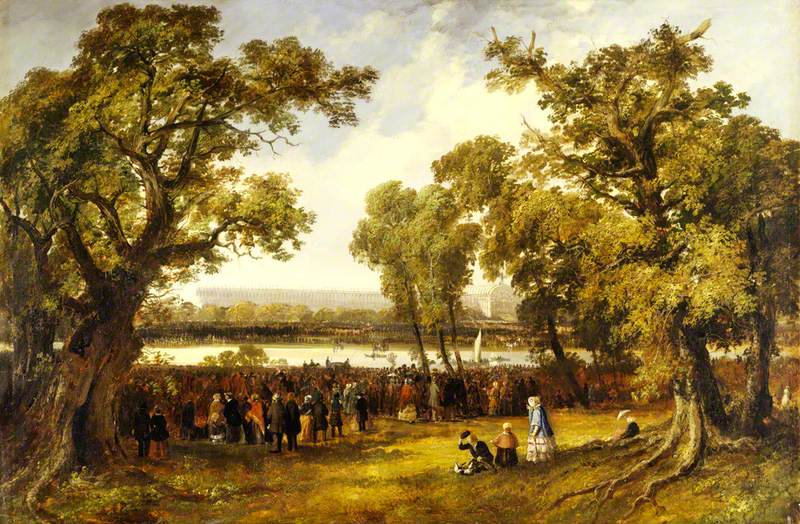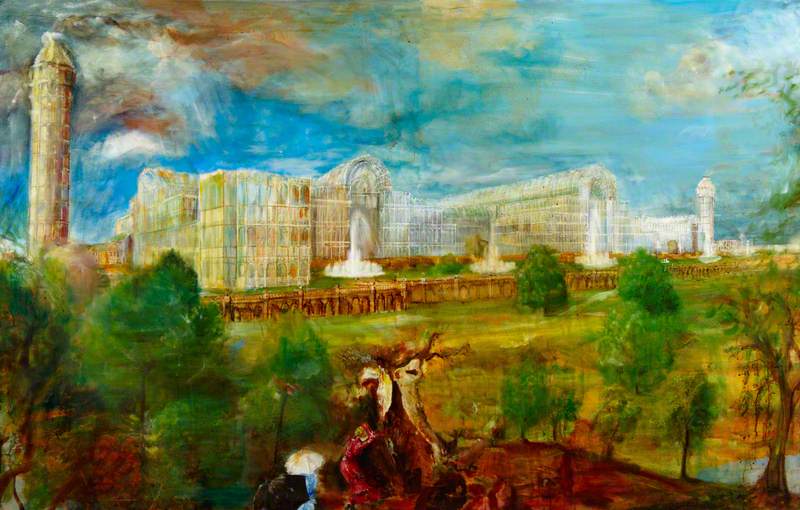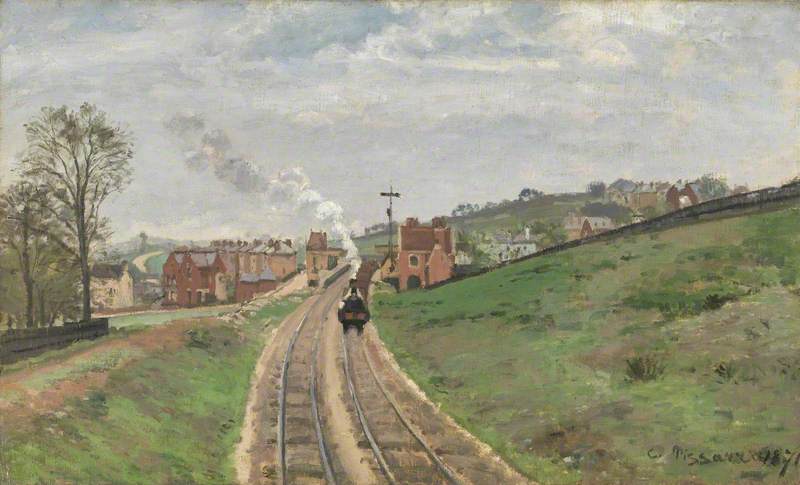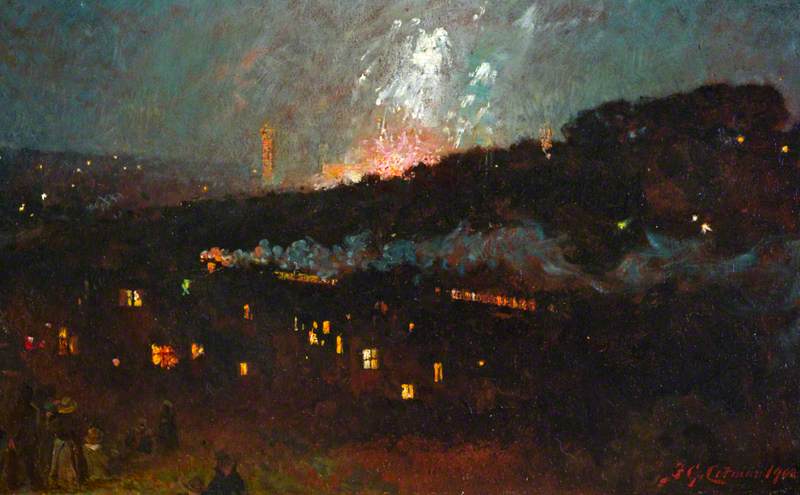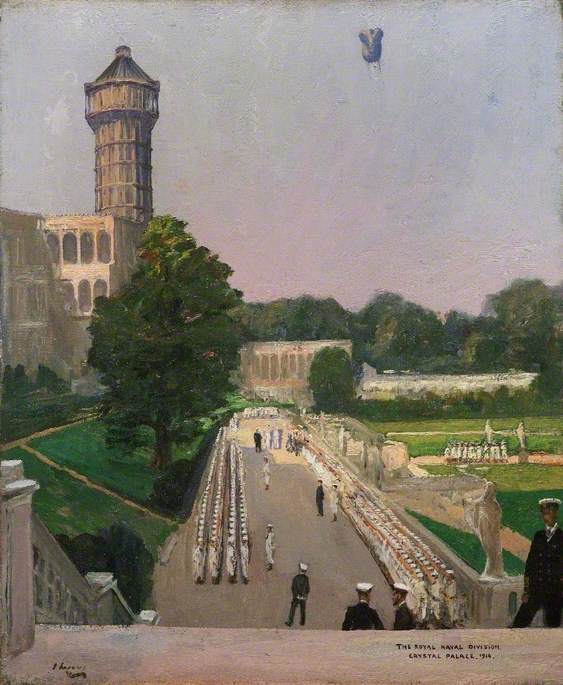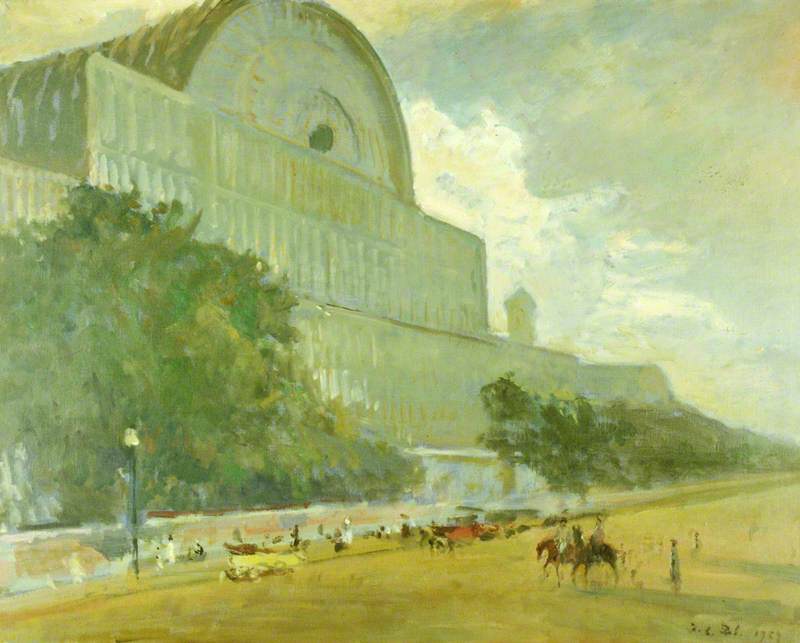Joseph's Paxton's Crystal Palace, the most spectacular building of the Victorian era, was destroyed by fire during the night of 30th November in 1936. Originally designed and constructed for the Great Exhibition in Hyde Park in 1851, after the closure of the exhibition that year it was reconstructed with variations on its original design at Penge Place at the top of Sydenham Hill, an area now in south-east London, then on the border between Surrey and Kent. There it stood in the area renamed Crystal Palace for over eighty years before its inglorious end.
-
30th November 1936: Destroyed by a fire
The Thirtieth of November 1936On the evening of 30th November 1936, the Park's general manager Sir Henry Buckland was walking with his daughter Crystal and their dog when they noticed a red glow within inside the palace and saw two employees fighting a small office fire that had started after an explosion in the women's cloakroom. 89 fire engines and over 400 firemen were unable to extinguish it and the palace was destroyed in hours, fed by high winds. 100,000 came to watch Joseph Paxton's masterpiece burn to the ground, and the glow from the fire was visible across eight counties.
Arthur Stead
Oil on canvas
H 75 x W 117.3 cm
Crystal Palace Museum
-
The Crystal Palace in Hyde Park
Crystal Palace in Hyde Park, London 1851The original Crystal Palace with Paxton's revolutionary design in iron and glass was the building housing the Great Exhibition that opened on 1 May 1851. It attracted over six million visitors, but closed on 11 October the same year. It was the first of the World's Fair exhibitions of culture and industry, with over 15,000 contributors of 100,000 objects. Entry price, originally one pound was reduced to a shilling to attract the vast numbers, and the profit made from it, now the equivalent of over £20 million, was used to found the Victoria and Albert Museum, the Science Museum and the Natural History Museum in South Kensington.
Thomas Colman Dibdin (1810–1893)
Oil on canvas
H 83.4 x W 115.6 cm
Museum of London
-
1852: rebuilding begins at Sydenham Hill
The Partially Rebuilt Crystal Palace in the Snow 1866The new building in 1852 incorporated much of the original Hyde Park building, but with a revised main gallery, an even larger and higher central transept with barrel vaulting and transepts at either end of the building.
William White Warren (1832–1915)
Oil on canvas
H 18.5 x W 31.9 cm
Bromley Historic Collections
-
Straddling two counties
Crystal Palace from Parade*The sheer scale of the Crystal Palace can be seen from paintings showing the Parade in front of the building, people, carriages and trees dwarfed by the structure behind it. It extended over 1,850 feet in length straddling the border between Kent and Surrey.
F. M. Bayley (active late 19th C)
Oil on canvas
H 24.2 x W 43.5 cm
Crystal Palace Museum
-
Queen Victoria re-opens the Crystal Palace at Sydenham
Thomas Younghusband and His Family Meet Queen Victoria and Her Family at Crystal Palace c.1854Queen Victoria, accompanied by Prince Albert, a central figure in the realisation of the Great Exhibition, reopened the Crystal Palace at its new home on 10th December 1854 with 40,000 invited guests.
C. Wells (active mid-19th C)
Oil on canvas
H 76 x W 93.5 cm
Museum of London
-
The addition of Brunel's two towers
Crystal PalaceAlso not within the original design, Paxton relied on his old friend Isambard Kingdom Brunel to design two free-standing huge water towers at the north and south ends for the fountains and cascades in the park, after Paxton's original towers collapsed with the weight of the tanks. They were of such great size so that the two main jets of water could reach 250 feet high. Water was gathered from three reservoirs, at either end of and in the middle of the park.
unknown artist
Oil on canvas
H 120.5 x W 187.5 cm
Bromley Historic Collections
-
The train gets Londoners travelling to the Crystal Palace
Lordship Lane Station, Dulwich 1871In this 1871 painting Pissarro shows the train leaving a station that crossed Lordship Lane in Dulwich on its way to the Crystal Palace. This was on the Crystal Palace High Level service run by Crystal Palace and South Junction Railway which opened in 1865. Trains arrived there from a branch line leading south from Nunhead Station, through Honor Oak, Lordship Lane (Dulwich), Upper Sydenham and finally under the Crystal Palace Parade. The terminus was designed by Edward Barry of the illustrious Barry family of architects.
Camille Pissarro (1830–1903)
Oil on canvas
H 44.5 x W 72.5 cm
The Courtauld, London (Samuel Courtauld Trust)
-
Development of the grounds and gardens
Crystal Palace, Sydenham, London 1907The grounds and gardens of the park cost incorporated the Italian Garden and fountains, the Great Maze, and the English Landscape Garden, whilst the sculptor Benjamin Waterhouse Hawkins was commissioned to make thirty-three life-sized models of newly discovered dinosaurs and other extinct animals in the park. In the early years it remained a very popular place to visit. The park became the location of many shows, including a Handel Festival of music in the late 1880s and the Empire Exhibition in 1911, as well as sporting events after the construction of various sports grounds on the site. The FA Cup Final was held here between 1895 and 1914.
Jacques-Emile Blanche (1861–1942)
Oil on board
H 50 x W 63.1 cm
Museum of London
-
'Brocks Benefits' firework displays at the Crystal Palace
A Firework Display at the Crystal Palace 1908Brock's Benefits were firework displays held by the Brocks fireworks company for the enjoyment of the public, a regular feature from 1865 right the way through to 1936, with a decade long pause between 1910 and 1920.
Frederick George Cotman (1850–1920)
Oil on canvas
H 24.2 x W 39.2 cm
Bromley Historic Collections
-
Wartime use
Royal Naval Division, Crystal Palace: The Spot Known as the Quarter-Deck 1916During the Great War Crystal Palace was used as a naval training establishment. More than 125,000 men from the Royal Naval Division, Royal Naval Volunteer Reserve and Royal Naval Air Service were trained at what was formally HMS Victory VI, and informally HMS Crystal Palace.
John Lavery (1856–1941)
Oil on canvas
H 76.2 x W 63.5 cm
IWM (Imperial War Museums)
-
A slow decline
Crystal Palace 1923Repaying the huge initial debt and ongoing maintenance costs crippled Crystal Palace and the original company declared bankruptcy in 1911. The Earl of Plymouth bought it - on the basis he would be reimbursed - for a sum close to £25 million in today's money to save it. However, in spite of contributions from local councils and even an appeal made by The Times the earl was never fully reimbursed. However, in the 1920s under the guidance of Sir Henry Buckland restoration work began.
Jacques-Emile Blanche (1861–1942)
Oil on canvas
H 72.5 x W 90.5 cm
Government Art Collection
-
Reimagining the Crystal Palace at Sydenham
Crystal Palace from Terraces* 1972Brunel's water towers at either end of the structure were the only elements not destroyed by fire; the south tower was pulled down shortly after the fire whilst the north tower was blown up with explosives in 1941 during the Second World War. The High Level branch station was closed in 1954. Up until the 1970s it was used as a motor racing circuit.
Francis Kiss (1907–1981)
Oil on canvas
H 49.5 x W 75 cm
Crystal Palace Museum
Explore artists in this Curation
View all 11-
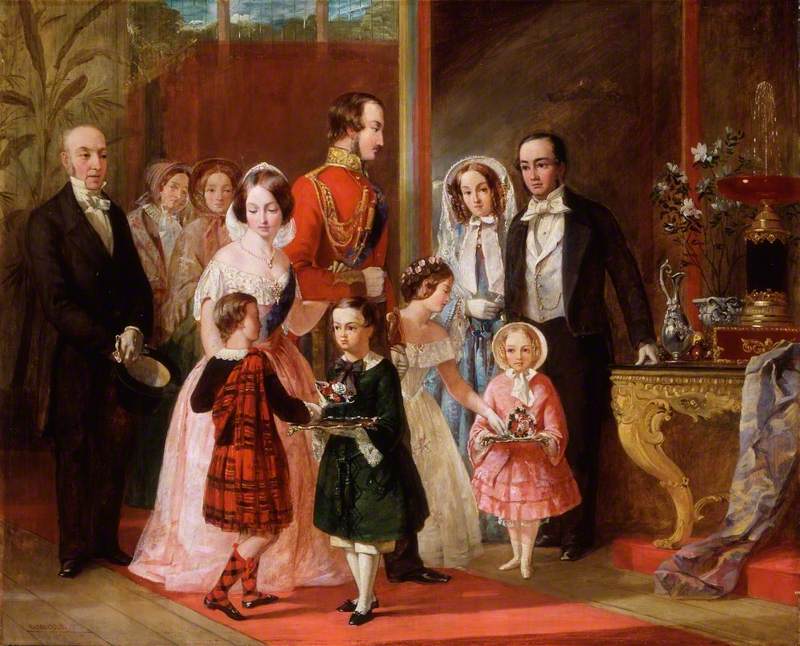 C. Wells
C. Wells -
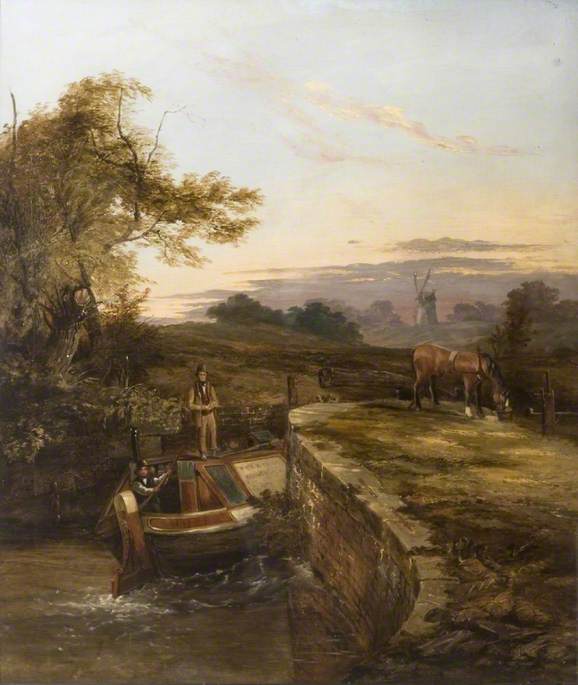 unknown artist
unknown artist -
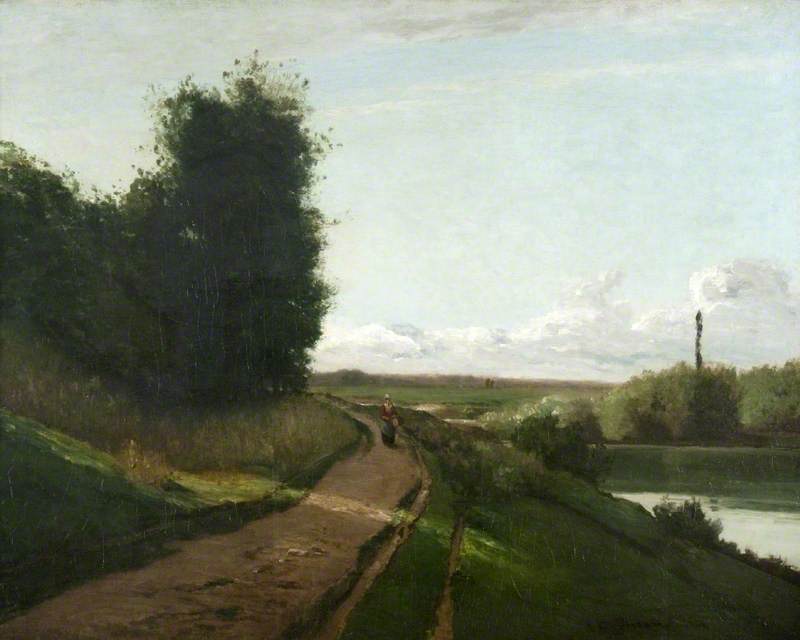 Camille Pissarro (1830–1903)
Camille Pissarro (1830–1903) -
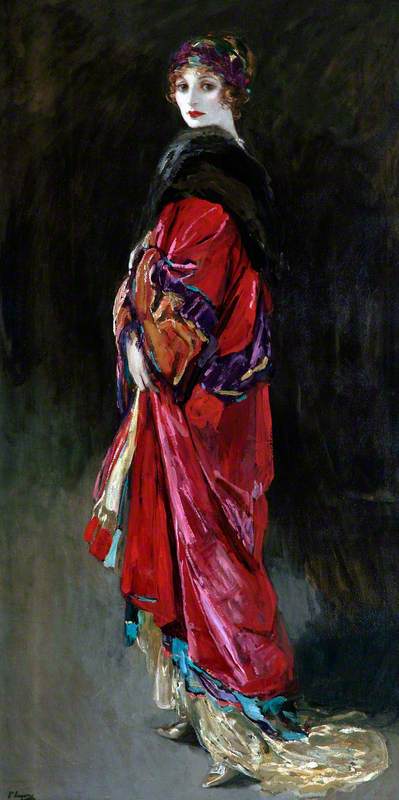 John Lavery (1856–1941)
John Lavery (1856–1941) -
 Arthur Stead
Arthur Stead -
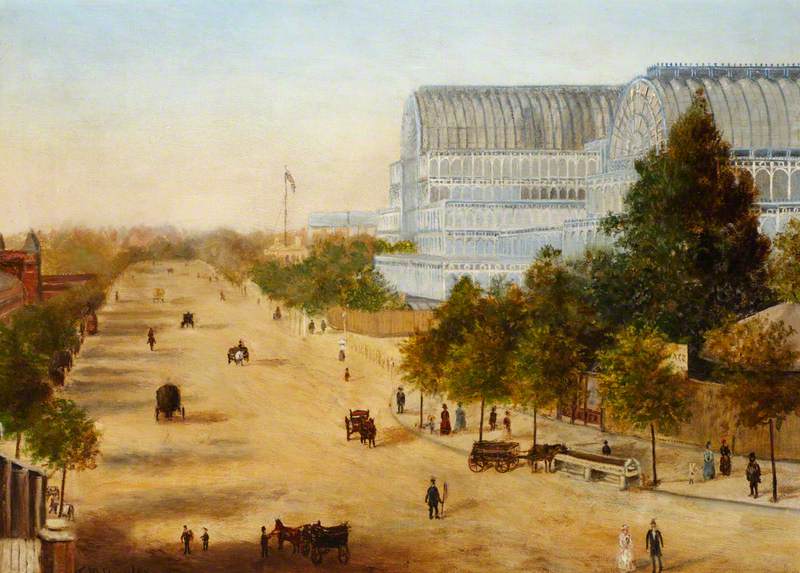 F. M. Bayley
F. M. Bayley -
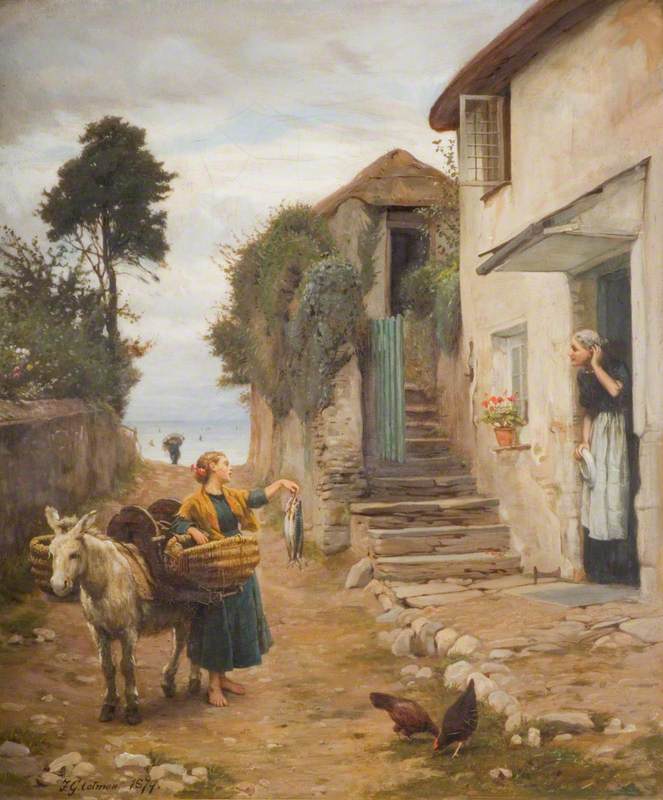 Frederick George Cotman (1850–1920)
Frederick George Cotman (1850–1920) -
 Jacques-Emile Blanche (1861–1942)
Jacques-Emile Blanche (1861–1942) -
 Francis Kiss (1907–1981)
Francis Kiss (1907–1981) -
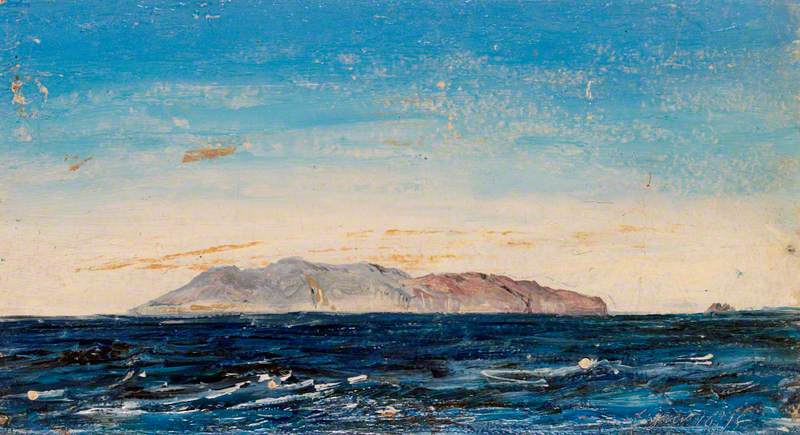 William White Warren (1832–1915)
William White Warren (1832–1915) - View all 11
